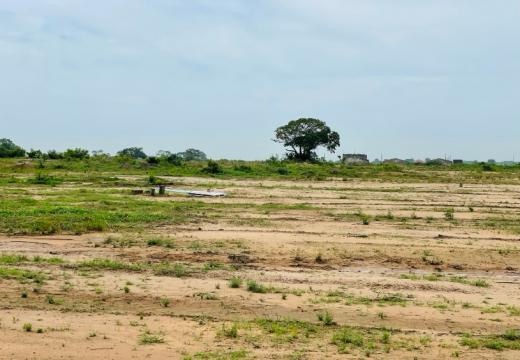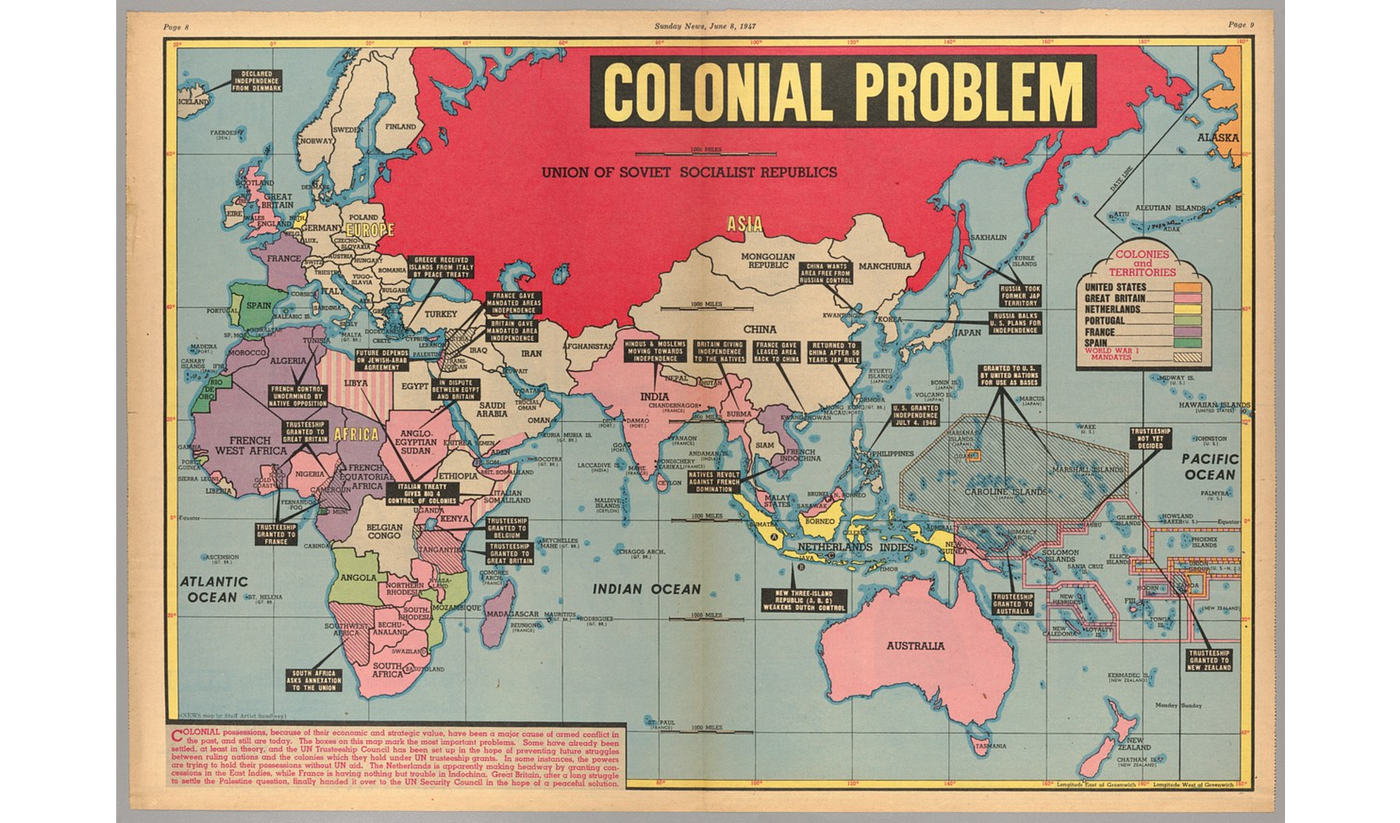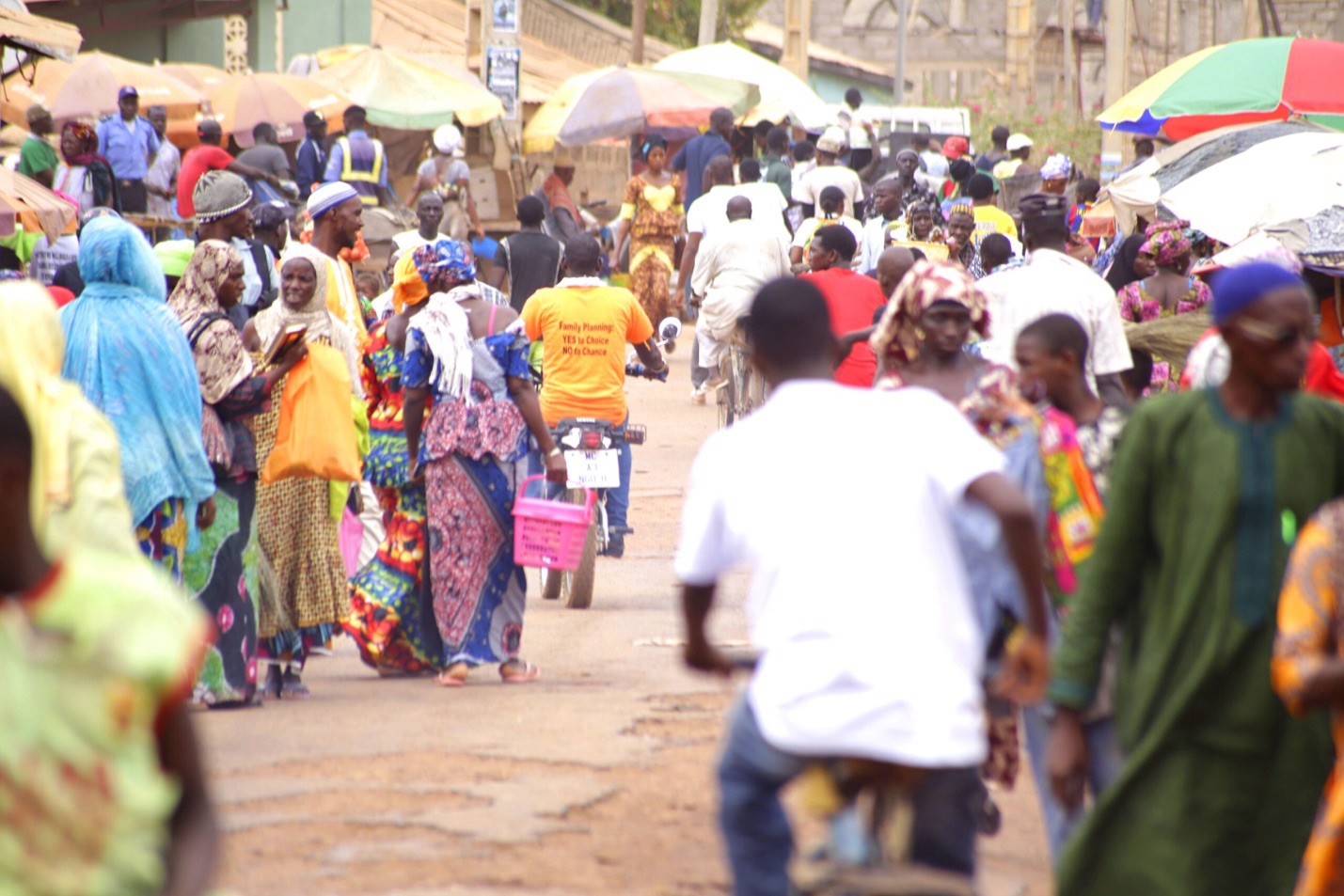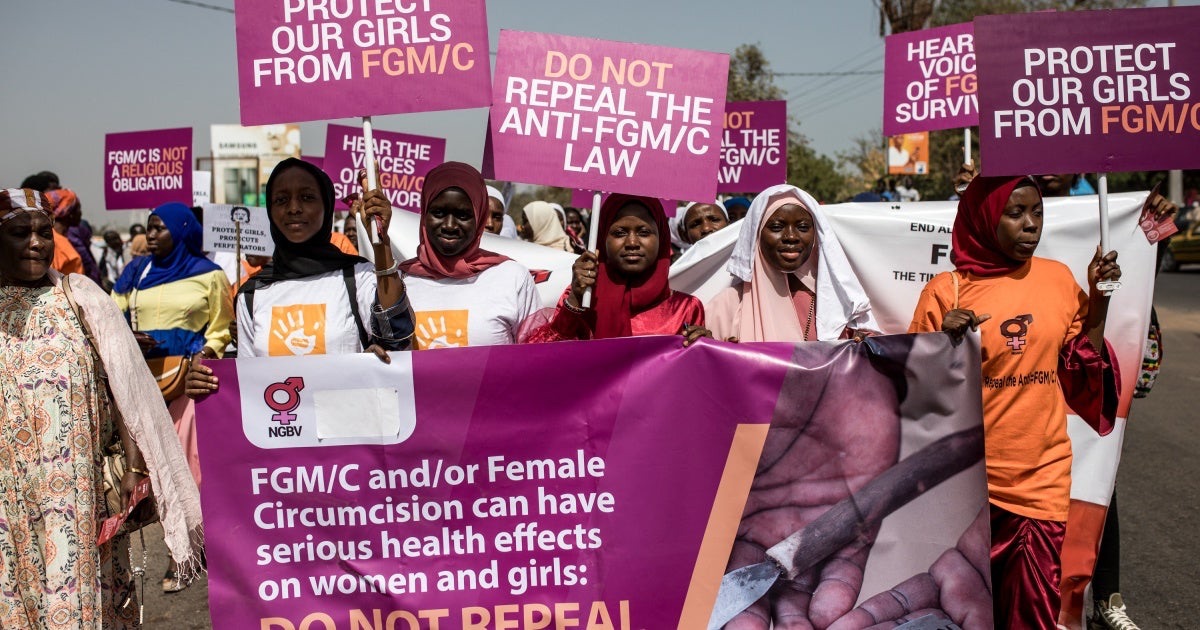By M. Sajo Jallow
Land is for the commons, or the community, used for food security, shelter, health, transport infrastructure, and so on, for inclusive, community development. It is an important part of the human condition. An old story of property filled with brutal violence in the process ofprivatizing it, as well as heroic resilience in defendingit, for the common good.
The modern human story, hence civilization, both arise out of mother Africa, based on the history of human bones, genes, and names, among other markers. Africans migrated and populated other continents, from where some returned to resettle, and sometimes plundered with extreme violence. From the General History of Africa published by UNESCO (United Nations Educational, Scientific, and Cultural Organization), we learn that middle easterners settled north Africa in great numbers due to climate change, trade, and the spread of religion from around 1000-1500s. Arabized maybe, but still African; “North Africa and the Middle East” is a new colonial misnomer which must be rejected, along with “Sub-Saharan Africa”. Besides the racist undertone, it is troublesome in fact-checking statistics of a holistic or average nature, when the African continent’s northern land and its waterways are “hived off” colonial-style to a neighboring region, the middle east.
But in the 1400s, the Europeans came fighting back to Africa again, from an Iberia peninsula just de-colonized, on a crusade of the cross to spread religion and plunder lands for riches. Africa was set for brutalviolence and depopulation due to enslavement and colonial plunder by European powers and their exploiter allies, including Africans, Americans, Arabs,and Ottoman Turks, with estimates of up to 22 million Africans exported to other parts of the world during the period 1500-1800s.
Not only this brutal export of human beings, an estimated one-third of whom were women and girls, but African lands were also parceled out, or carved up for the highest bidder, and enforced with the bullet and the law book. Battles raged on between private land grabbers and defenders of public property; a process of expropriating the land of the commons that inevitably causes mass poverty and conflict.
For The Gambia, the African Development Bank (AfDB) cites the motivation leading to the 1884-85 Berlin Conference carve-up of African lands and waterways: “The river and the access to the ocean were the strategic assets leading to a scramble for this tiny strip of land by colonialist Portugal, Great Britain and France.”
Right to use land – Lamana or Usufruct
The people are masters of the land, and hence Lamanain the Serer language, or usufruct rights, to use the land in common. The rise of landlords in privatelandholding, through war, colonial conquest, centralized state power, or other means, never defeated this common use of the land and waterways; not by local, or foreign forces. Land expropriation, or exploitation of the people, was resisted throughout Africa, The Gambia included.
Proof of resistance, besides bloody field encounters and courtroom battles, is the fact that customary land tenure systems “continue to play important roles. Most countries have explicitly recognized women’s land rights at a constitutional level – except for The Gambia ….” We are reminded of this situation from a Brief on climate change (Monterroso et al., 2021), prepared with support from the Center for International Forestry Research and World Agroforestry (CIFOR-ICRAF) and International Fund for Agricultural Development (IFAD); it offers comparative information on securing land rights, especially for women.
In The Gambia, customary land became state land with the State Lands Act (1991), having freehold, leasehold,and state-hold in the mix. Civil society organizations also play a role, especially in land rights for women, the commons and protected forest parks. The courts have an overload of land dispute cases, which is a reminder for the need to supplement seeking redress with alternative dispute resolution. Not only through local means, but the United Nations-system is also supporting conflict resolution at the community level, via the Peace Building Commission and others.
In Makumbaya, West coast region, the community lost some of its user-right lands under dubious public-private business ventures that promised employment and other benefits, but failed to deliver. The community fought back the leasehold expropriation, and won in court. Enforcement and mitigation measures are yet to determine the full outcome of this and other attempts to privatize the land of thecommons. In the eastern part of the country, for another example, farmers and pastoralists are locked in disputes over access to grazing lands and waterways, astark reminder of the need for a cooperative response to crisis at grassroots level.
Land bank, Gender inequality and Blockchain technology
Who controls, or owns, the land and its waterways is a strategic question for the community. The process of taking control by the state and privateers, both foreign and local, has been going on for ages. But the important point is the resistance of the community to maintain public control and ownership, or the right to use, so that no one is left behind. On-going efforts to privatize increasingly impacts negatively on inclusive development, especially on a “tiny strip of land” that is densely populated, and urbanized to about 60 percent.Thus, the need for securing land for the commons due to harmful expropriation or exploitation.
Note the rating observation made by Africa’s premier financial institution, the AfDB, that financed The Government of The Gambia (GoTG) Public Expenditure Financial Accountability (PEFA) 2022 Report; we read: “The country also does not have a sovereign wealth fund (SNWF). The Gambia is a tiny country, with a small population, small economy, small budget, and few resources.” Its population is about 2.4 million, with about 11,000 square kilometers; theestimated 200 persons per square kilometer means “one of Africa’s most densely populated countries. Agriculture … with about 80 percent … depending on it ….” It is “a fragile low-income country” with a Gross Domestic Product {GDP), or domestic output value of goods and services, worth about 65 billion constant Dalasis in 2021, or about 2 billion nominal USDollars. The poverty rate was high, and endemic, theWorld Bank (WB) assessed.
The report stated that donor-funded projects lacked a“centralized scrutiny”, with “Only about one-third of external aid flows align[ed] with government priorities”; the situation “creates important alignment difficulties”. For Government revenue, we are informed that the “country’s main sources of revenue are domestic and external taxes … about 80 percent of total … remaining 20 percent” from administrationcharges, fees, sale of property, earnings, rent, penalties, fees, etc.
From the study and rating source cited earlier, the Brief on climate change compares “four countries that vary in terms of socio-economic conditions”, namelyBangladesh, which just toppled a female-led regime due to mass protests sparked by students opposed to an unjust quota system, Ethiopia, The Gambia, and Uganda. They “are densely populated, with more than 60% of their populations still living in rural areas (except for The Gambia).” The latter has about that rate in urban and peri-urban areas; and a population density of about 239 (2020), compared to Ethiopia’s 102 (2020), Uganda’s 228 (2020), and Bangladesh’s 1,265 (2020), more than five times that of The Gambia and Uganda.
From the Brief on Gender inequality index (GII), which measures reproductive health, empowerment, and labor market participation, The Gambia “is below the global average (0.42, 2019)”, meaning “gender gaps persist in The Gambia.” Moreover, “While land and resources are critical assets for sustaining livelihoods and food security, only 15% of women globally are recognized as landowners (FAO and PIM, 2018).” Land rights are “a broad set of formal and informal rules, norms and practices that regulate how women and men access, manage and benefit from land under different tenure arrangements.” The barriers for women’s land rights include legal frameworks, norms, and social practices, as well as regulation by personal law of religion and custom. The privatization process that emphasized “individual rights, rather than collective rights over the commons”, “restricted access to irrigation lands … risk[ed] … livelihoods and food security ….”
Clearly, the idea and practice of land for the commons, based on the Lamana or user rights, is best suited for inclusive community development, leaving no one behind. It means a land bank, in which the shareholders become the members of the community more beholden to public interest. This is the homegrown African framework, for which one generation has fought and died, so that the next one survives; and reflects apermanent struggle for a better now, and future.
Thus, the objective of mapping the land and its waterways is for the common good, not to promote the ideology of private good alone. It is the nation’s, or continent’s sovereign wealth fund, in which all citizens are the shareholders. And there is a backbone technology that enables land registration on a distributed ledger, or network of computers – blockchain. It is openly sourced, and more secureagainst tampering with records; the files on land will not easily disappear.





